Brahmatal or Kedarkantha: Which is a Better snow trek? A snow trek is something that every trekker aspires to do. We have put together a comparison between two of the most popular snow treks in the Himalayas in the trekking world. Any winter trek is usually done above 12,000 ft. If you ask anyone who has any familiarity with the Himalayas about the snow treks, they will likely recommend Brahmatal or Kedarkantha.
When you should plan for a perfect snow trek?
While summer treks are pleasant, winter snow treks put your hiking abilities to the test. Along with the difficulties, hoisting the Indian flag to the top gives you a sense of accomplishment. In many ways, it is a self-discovery. Your emotions show what a true spirit you have been after facing your fears. We have witnessed time and time again how an experience may remain with a person forever. Boosting your optimism and preparing you for any problems you may face in real life.
The ideal time to see the snow is during the winter trek. Choose wisely if you want to watch the snow fall or trek in the deep snow. Timings for the latter are somewhat harder to predict, but a good window for the first snowfall is from the end of November to the first week of January. The Himalayas receive most of their snowfall between January and February (peak winter months).
After you’ve traversed the details of both winter treks, we’ll offer you a clear idea of which one you should take.
Why you should choose Brahmatal – Snow trek
At 13,120 feet, the Brahmatal Trek summit reaches the sky. From here, trekkers can take in the magnificent vistas of Mt. Trishul and Nanda Ghunti. You feel so alive because of how vast and sprawling the ridge is during this journey. The entire scene appears to be in three dimensions, with the sky brushing the mountain summits. According to legend, this is where Lord Brahma briefly meditated. Brahmatal is less crowded than the Kedarkantha trek, making it a more unique climb.
Highlights of the Brahmatal trek –
Nature in abundance – The trek route will pass through the forest of Oak and Rhododendrons. A spectacular snow trek is accomplished by the magnificent peak views and unparalleled beauty of the trail’s meadows. We can see the gigantic Mrigthuni, Trishul, and Nandaghunti in the peak view from the route, which is gorgeous. Peaks like Chowkhamba, Nilkanth, Kamet, Hathi, and Ghoda are visible on the opposite side.
Snow cover – Brahmatal Trek is a delight for the eyes; once you go on it, each step is greeted with gratifying views. However, sometimes the route to the peak is closed owing to heavy snowfall. It can be challenging to trek in the snow, but it’s worth it because of the frozen Bekaltal Lake and the captivating snow trails. That is why it is crowned as one of the best snow treks to do in winter by most trekkers.

Beautiful campsites – The setting of the tents near the frozen lakes makes them even more magnificent and provides trekkers with an unforgettable experience. Even the campsites in Gujrani and Tilandi provide excellent views of the Himalayas blanketed in snow, the Rhododendron forest, and centuries-old oak trees. Your home for six days, these locations will immediately win your heart with their breathtaking vistas.
The difficulty level of Brahmatal Trek
Many people look for a winter trek for beginners, and without a doubt, if you’ve never been on a snow trek before, this is the best option. There are a few tough elevations along the route, so it is best to be physically fit and adhere to the fitness regimen. This is an easy-to-medium-level trek; at times, it is a simple walk through the forest, but as you advance, the trail becomes gently sloped and it becomes a bit challenging. You’ll be walking 6 to 7 km every day on average, including both ascents and descents.
Best Season to do Brahmatal Trek
Mid-Nov to End March, Snow – Mid Dec to Mid March
Why you should choose Kedarkantha – Snow trek
At 12,500 feet (3800 metres) above sea level, Kedarkantha Trek offers a variety of difficulties that will push you to the limit. If you’re seeking a spiritual experience, this is one “winter trek” that you should not miss. Although there are many snow treks in India, this is one of the oldest and best snow treks you will find. The trek route begins in the village of Sankri and leads to spectacular panoramas of the snow-capped mountains.
Highlights of Kedarkantha trek –
Nature in abundance – The complete wonder of snow-covered meadows, including a frozen lake and snow-capped mountains, will take your breath away. You will cross through Govind National Park on the trek to Kedarkantha peak, which opens the door to vast, uninhabited valleys and breathtaking views of the Dhauladhar ranges. Peaks like Gangotri, Yamunotri, Swargarohini, and Bandarpoonch are visible from the summit.
Scenic lake – At 2700 metres, Juda ka Talab is a glacier lake that boasts dreamscape splendour. Over six days, climbers are rewarded with beautiful scenery, which keeps them from feeling fatigued. Selecting the ideal location and appropriate time of year for a snow trek is extremely important. So for the snow trek, choose the winter months.
Beautiful Campsites – Our campsites, which are surrounded by beautiful lakes and forests, are an adventure within themselves. You will be welcomed by a variety of flora and fauna as we ascend from our Sankri basecamp further up to Juda ka Talab and Kedarkantha basecamp. Enjoy unparalleled views of the night sky at the Kedarkantha campsites to fulfil your dreams of stargazing.
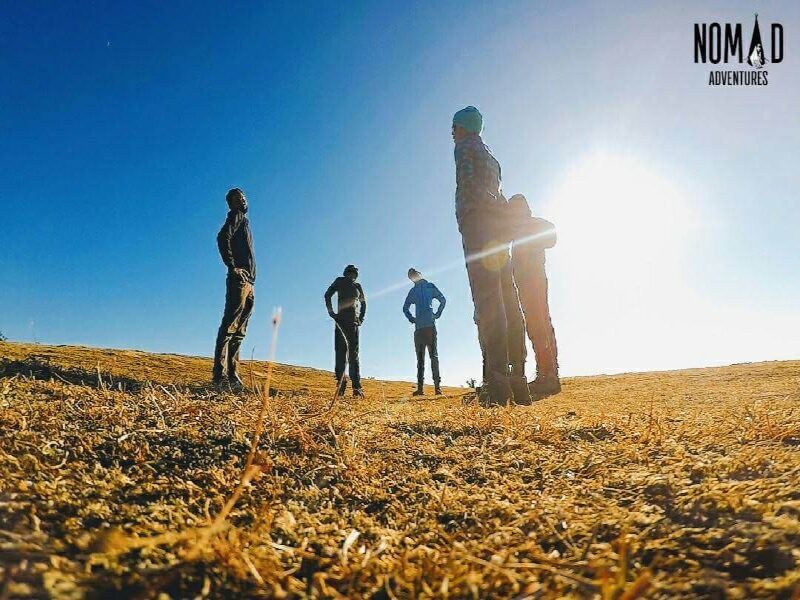
Best Season to do Kedarkantha Trek –
Mid-Nov to Mid-April, Snow:- Mid-Dec to Mid March
So, who gets the award for the best winter trek in India?
It is not easy to pick the best, but in my opinion, the Brahmatal trek emerges as the winner. Very few experiences can truly touch your soul, and the Brahmatal trek is one of them. You can visit the Brahmatal trek blog – The whole guide for additional information.
If you have found your best snow trek, share it with us in the comments below.

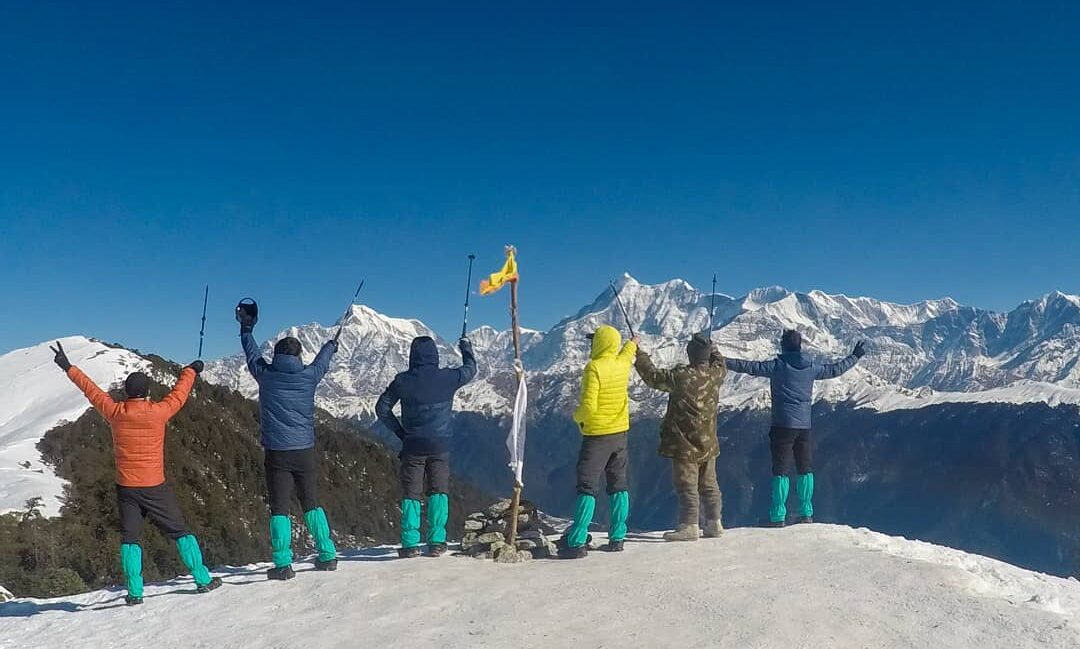
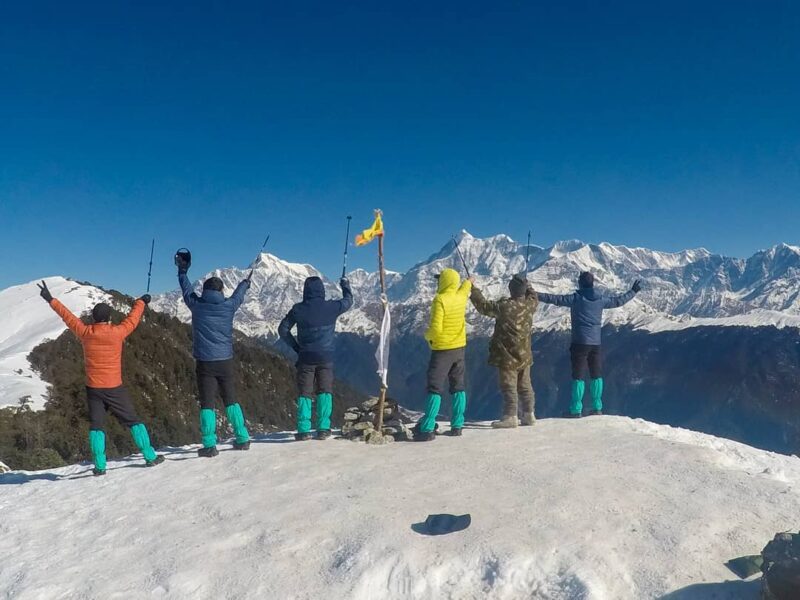
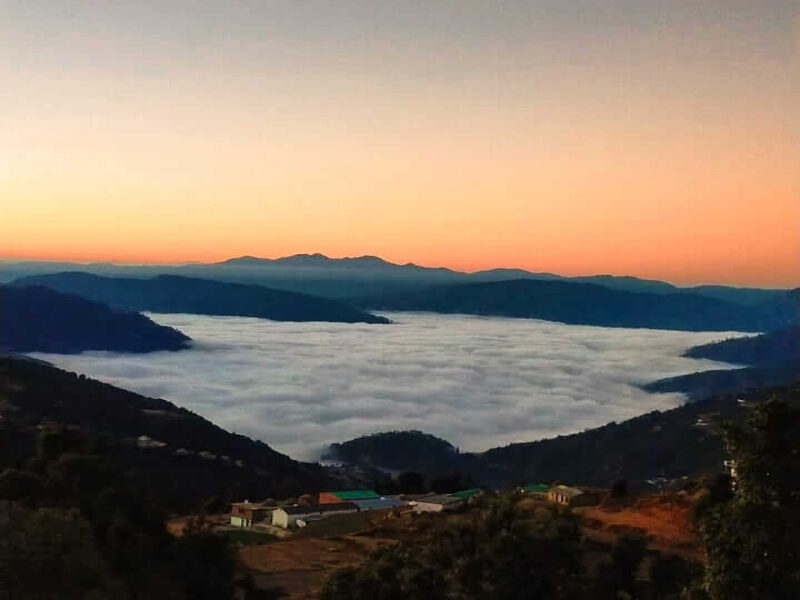
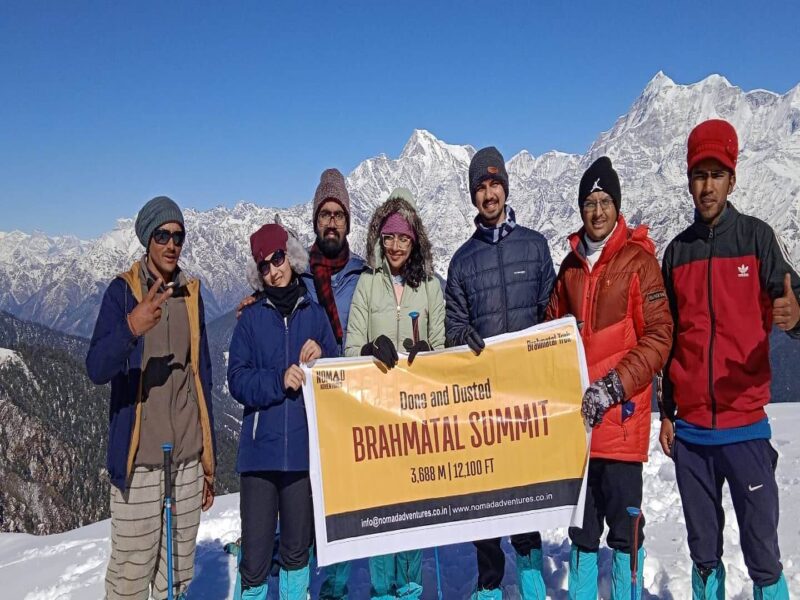

0 Comment